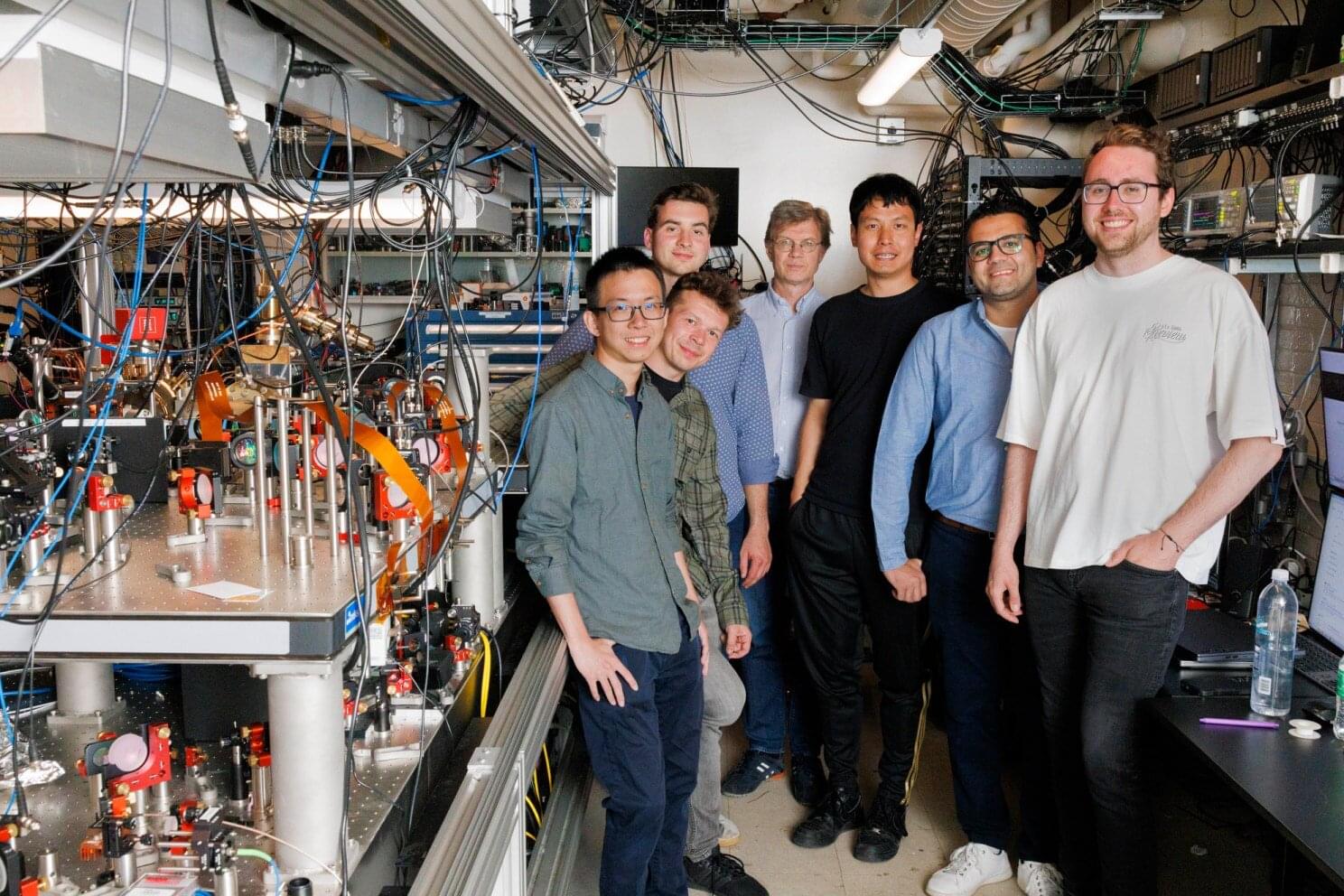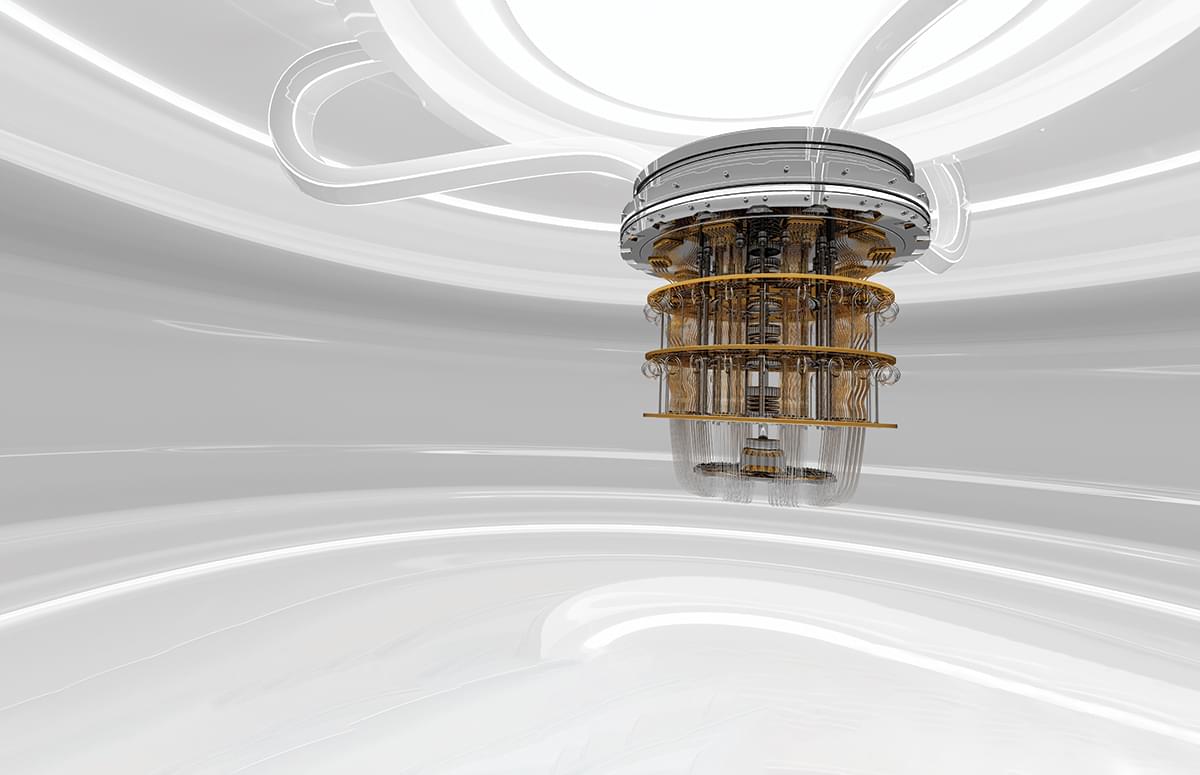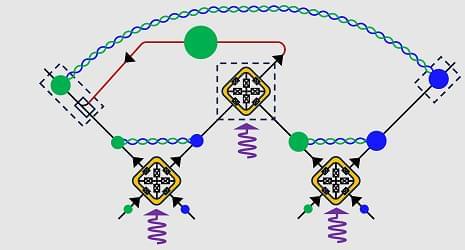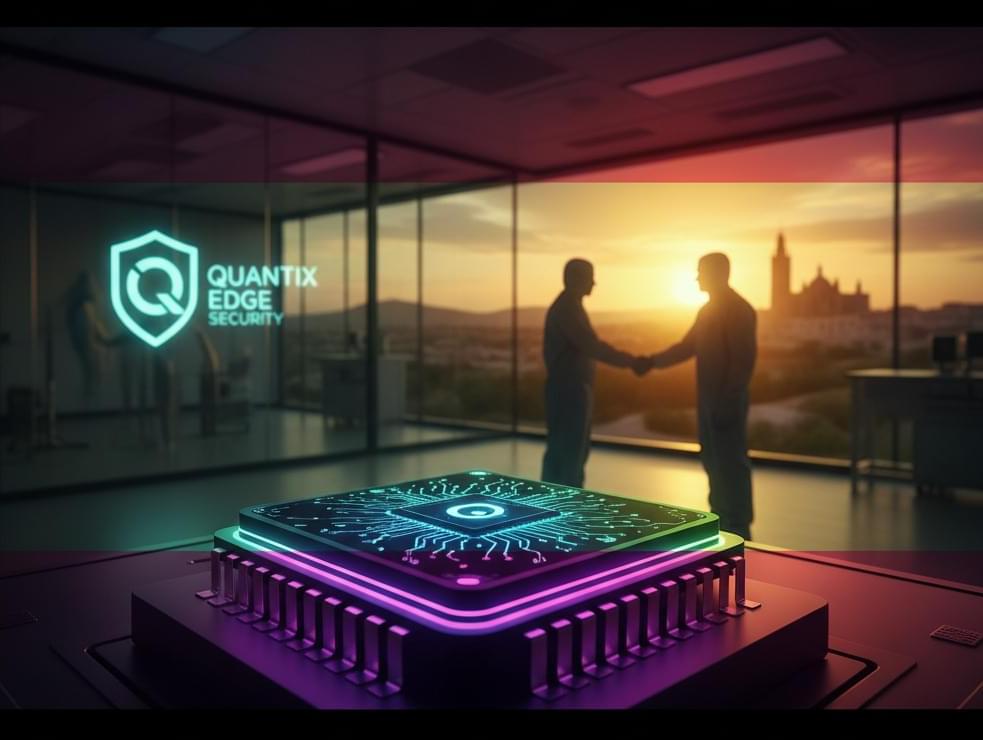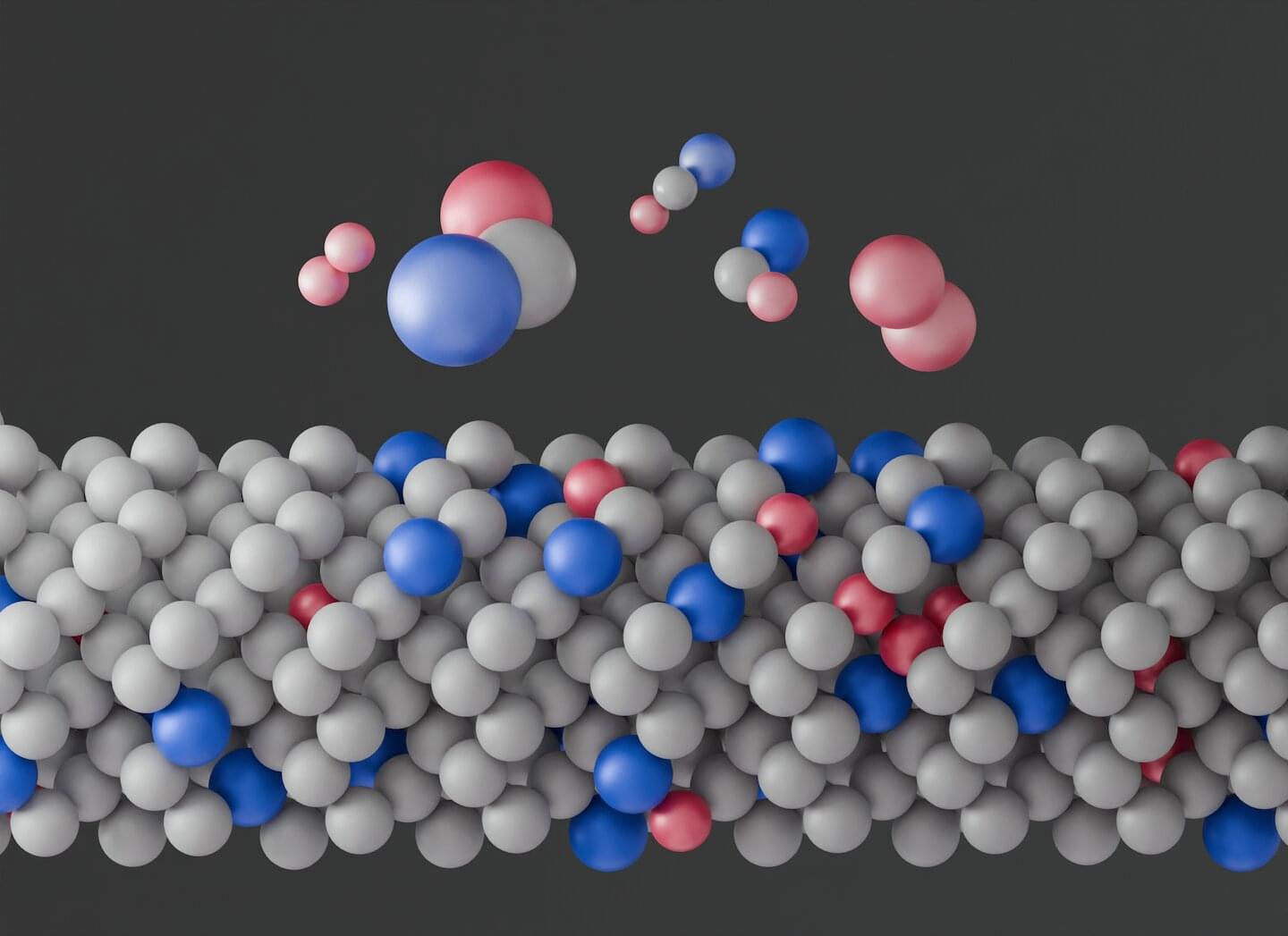One often-repeated example illustrates the mind-boggling potential of quantum computing: A machine with 300 quantum bits could simultaneously store more information than the number of particles in the known universe.
Now process this: Harvard scientists just unveiled a system that was 10 times bigger and the first quantum machine able to operate continuously without restarting.
In a paper published in the journal Nature, the team demonstrated a system of more than 3,000 quantum bits (or qubits) that could run for more than two hours, surmounting a series of technical challenges and representing a significant step toward building the super computers, which could revolutionize science, medicine, finance, and other fields.
